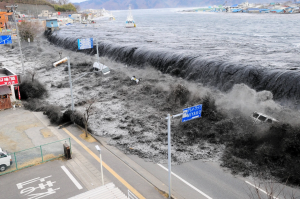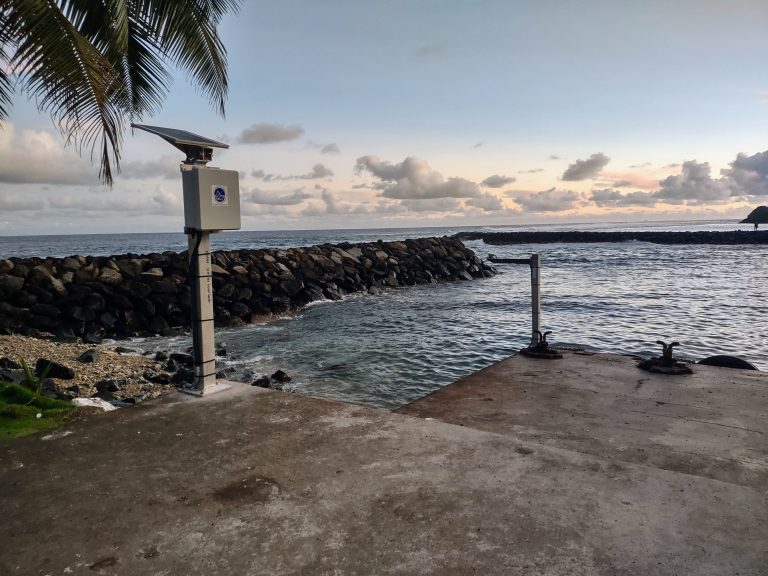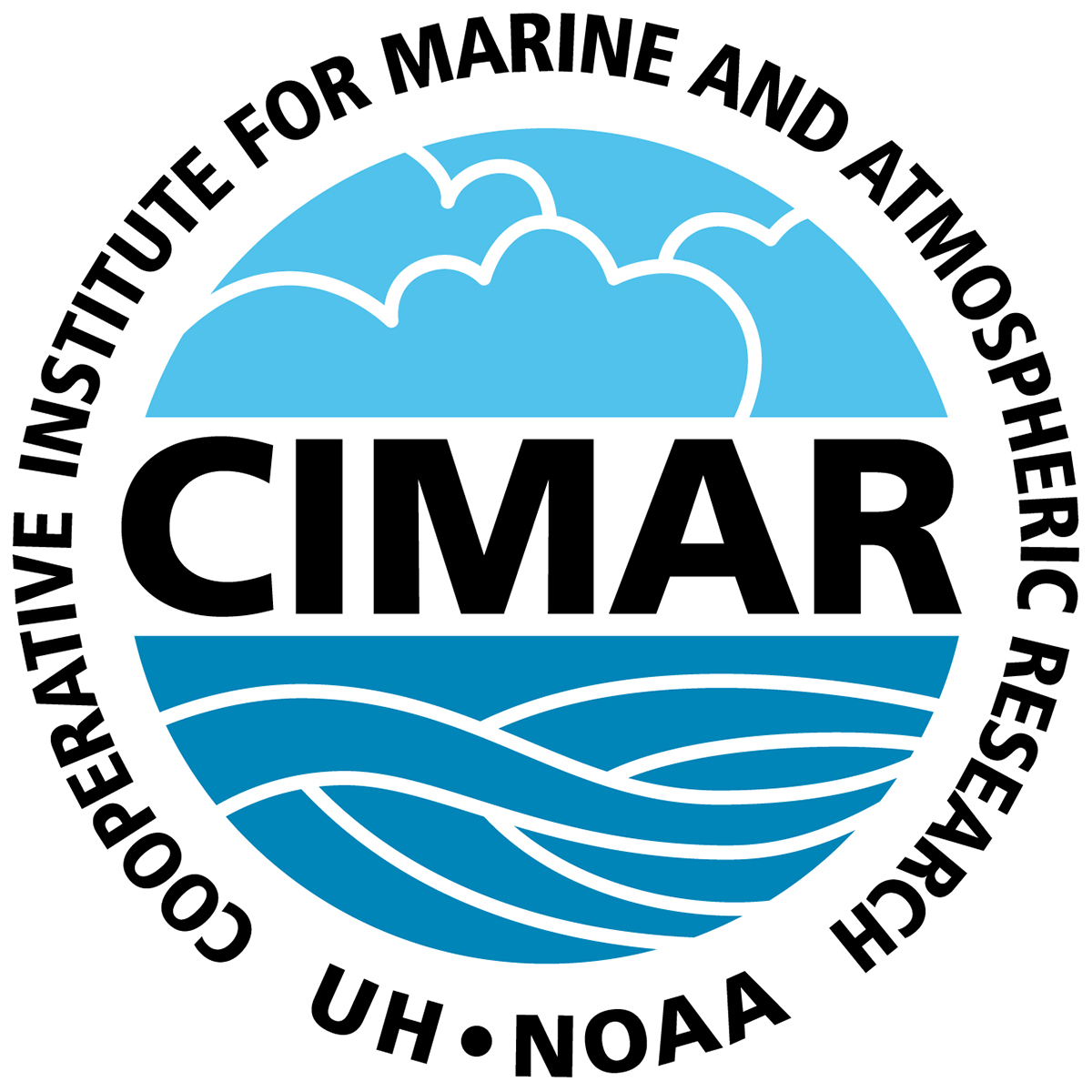Tsunamis and Other Long-Period Ocean Waves
Research conducted under this theme is associated with improving the predictability of the onset, duration, and impact of tsunami and other wave-driven coastal flooding, with a focus on the Pacific Islands region. Coupled with this objective is the provision of an electronically accessible database of rapidly sampled sea level observations from existing Hawaiian coastal sea level gauges maintained by NOAA and other programs. Research under this theme will also focus on the implementation of continuum mechanics models, as well as development of nonhydrostatic models, to describe seafloor deformation and tsunami generation in three dimensions, and wave energy transformations near the shore that affect flooding magnitude. Hazard risk assessment, mitigation, and preparedness activities under this theme will implement programs and develop tools to build tsunami-resilient communities.
Tsunami Research and Modeling
In general terms this project is concerned with improving the accuracy and timeliness of tsunami forecasts issued by NOAA’s Tsunami Warning Centers (TWC). In that respect, the project’s main objective is to conduct research and apply science to the development of new tools and systems that can be used by the TWCs. In addition to activities in forecast research, the project is also concerned with the development of Tsunami Hazard Assessment Analysis, with a number of activities related to outreach and capacity building, particularly in the area of tsunami modeling.Read more in the Annual Reports.

2011 Tōhoku tsunami at Miyako City; Mainichi Shimbun

